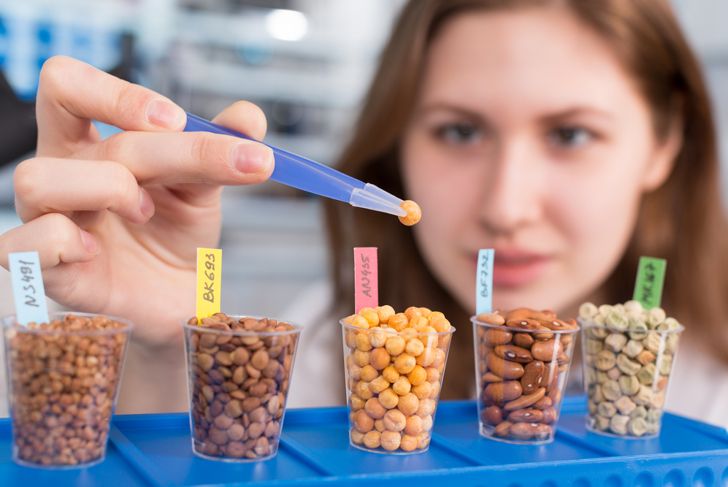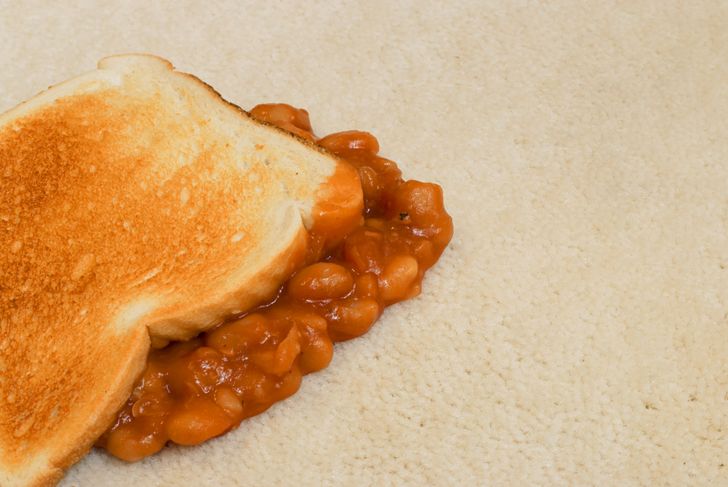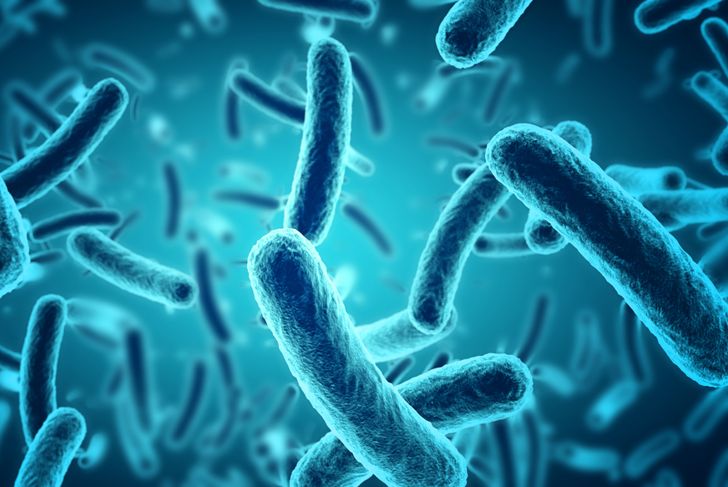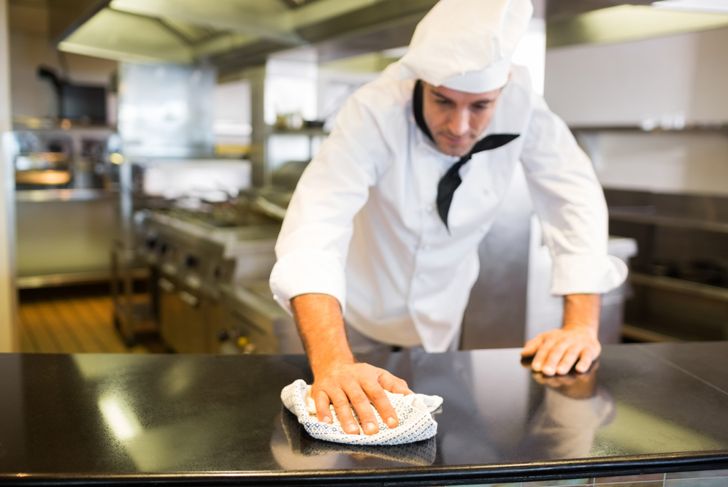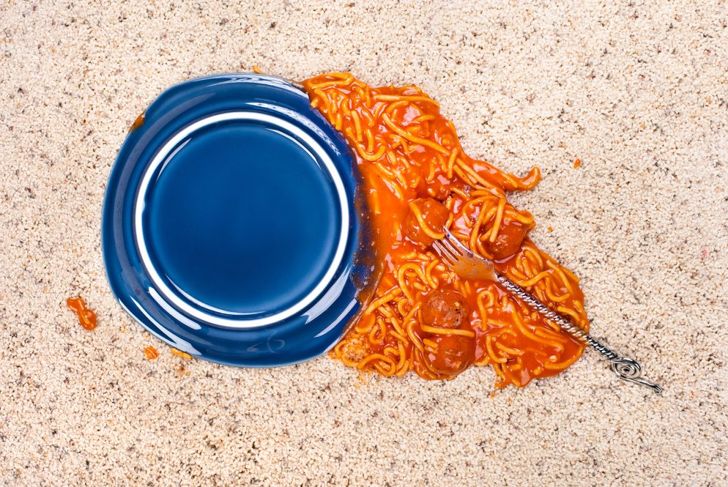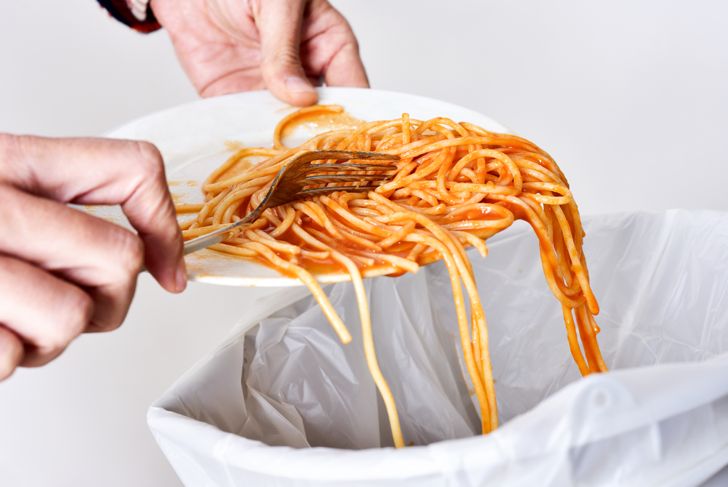Have you ever dropped a snack and quickly picked it back up, claiming the 5-second rule? You might be joking, or just aren’t worried about what attached to that morsel in the few seconds it was on the ground, but is there any truth to the 5-second rule? The claim is so oft-repeated that scientists have conducted experiments to find out how quickly dropped food becomes contaminated by germs and bacteria.
What is the 5-Second Rule?
The 5-second rule is the theory that as long as you pick up a dropped food item within five seconds, it is still safe to eat. There are variations in this rule. For some people, it’s a ten-second rule. For others, there’s no specific time limit; they simply determine the likelihood that the food is still edible based on the supposed cleanliness of the surface on which it landed.
Conflicting Opinions from Experts
The 5-second rule is such a widespread idea that researchers undertake scientific investigations to determine whether picking food up within five seconds keeps it free of germs. Scientists have tested different types of food, floor materials, and time intervals. However, there are still various opinions about just how safe it is to eat dropped food. It seems the issue is too complicated for a simple yes or no answer.
Bacteria Adhere to Foods in Under Five Seconds
Unfortunately for those hoping to save a delicious dropped snack, studies indicate bacteria can cling to food almost immediately. One study found that Enterobacter germs stuck to food in less than a second. Another experiment found that salmonella, a feared kitchen bacteria, adhered in less than five seconds.
Time Does Make a Little Difference
Although quickly picking up food doesn’t guarantee that it will be germ-free, it does seem to help. The same study that found salmonella could taint food in less than five seconds also found that sometimes there was more contamination the longer an item was left on the dirty surface. However, this was only true under some conditions with specific concentrations of bacteria.
The Five-Second Rule Might Not Be Legit
The five-second rule offers no guarantee that food won’t be contaminated. Food that has touched bacteria for less than a second can still make someone very sick, so in this way, the 5-second rule is not legitimate. Under some conditions, picking food up in under five seconds does mean it will be less contaminated. However, experiments have shown that some dangerous bacterias can adhere to food almost instantly.
There Might Some Reasons for the Rule
Although harmful bacteria can stick to food immediately, research has also found that many surfaces aren’t crawling with these germs. If food is dropped onto a relatively clean floor, as opposed to a surface recently exposed to raw meat or other contaminates, the rule could ring true. Picking food up fast will reduce the likelihood that it becomes covered in dust, pet hair, or germs that might end up on it eventually.
The Type of Food and Flooring Matter
In their experiments testing the five-second rule, researchers put different types of food on various surfaces. Although bacteria can transfer immediately, the researchers did find that the kind of food and the flooring material affects how quickly bacteria move to the food. Interestingly, the latter appears to make more of a difference than the former.
The Results are Surprising
Some results of these studies surprised researchers. For example, one study found there wasn’t much difference between bread and bologna, even though bologna is a stickier food. Another study found that dropped gummy candy became less contaminated than drier foods, like bread. Multiple studies found that carpet, a surface people often think of as dirty, had a much lower transfer rate than tile or stainless steel. Of course, sticky food dropped on the carpet may end up covered in fuzz, even if there are no germs.
Better Safe Than Sorry
People who worry about germs are best off just not eating food that has fallen on the floor. Bad bacteria can transfer to food right away, so it may not matter if the food was picked up in under five seconds. Anyone with a compromised immune system or other health concerns should probably just throw away dropped food, and then wash their hands.
If It Just Can’t Be Thrown Away
Common sense comes in when a person just can’t stand to throw away a dropped food item. Eating food off of a floor in a home known to be relatively clean may not be a big deal. Eating food from a dirty or sticky public floor is riskier. And it’s never a good idea to eat food off of a surface that was recently contaminated by raw eggs or meat. In the end, picking the food up quickly might help a little bit.

 Home
Home Health
Health Diet & Nutrition
Diet & Nutrition Living Well
Living Well More
More
